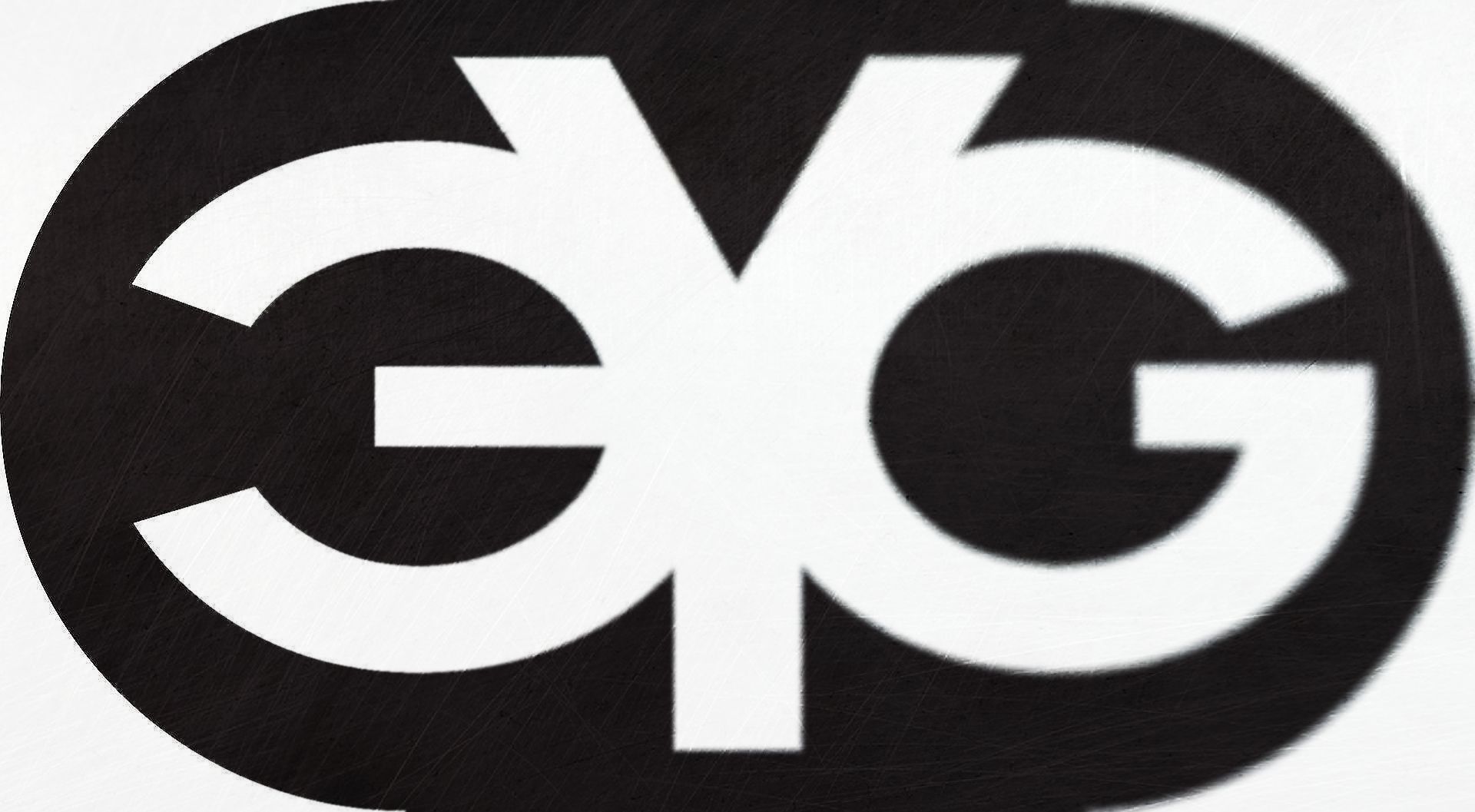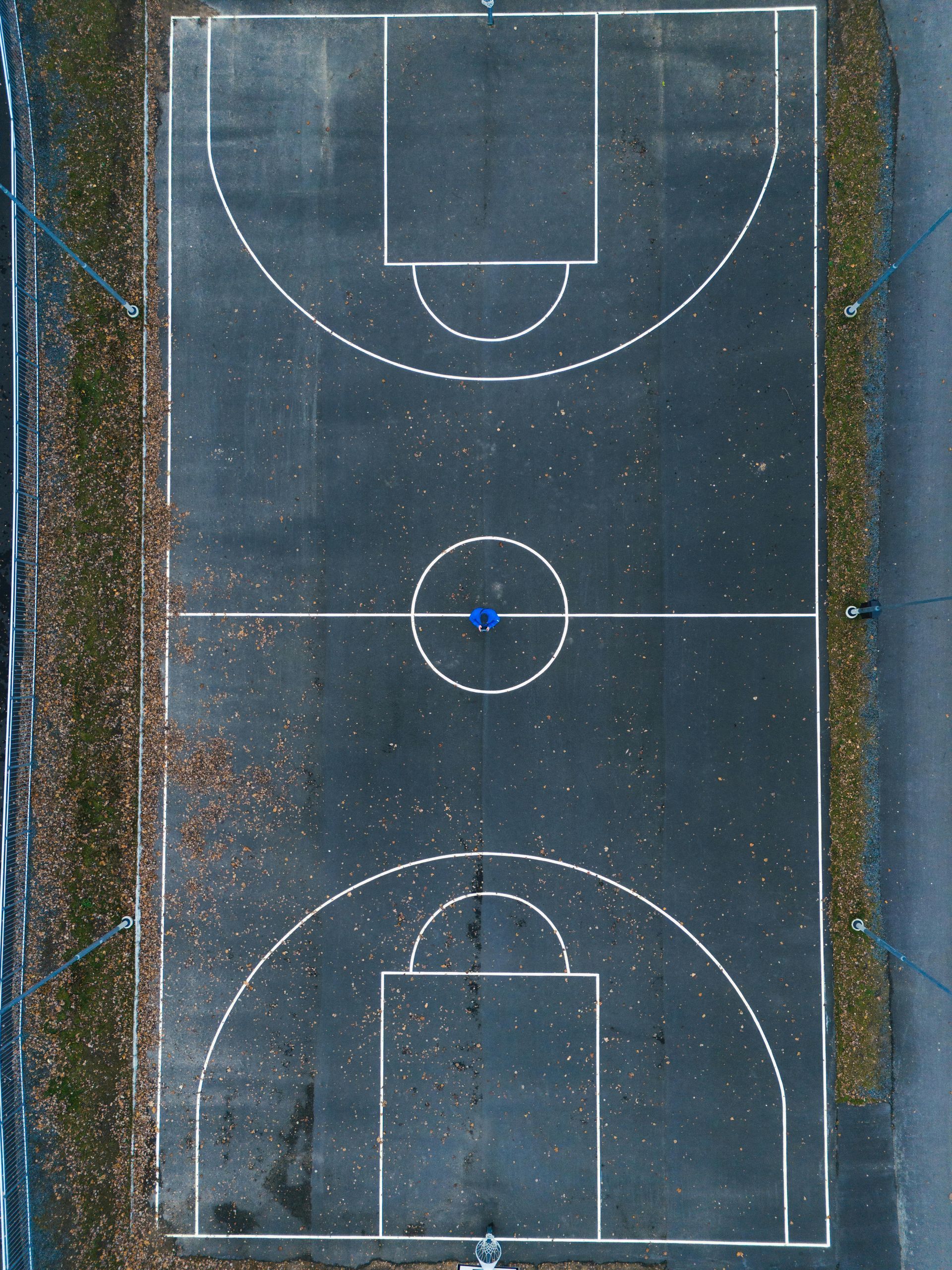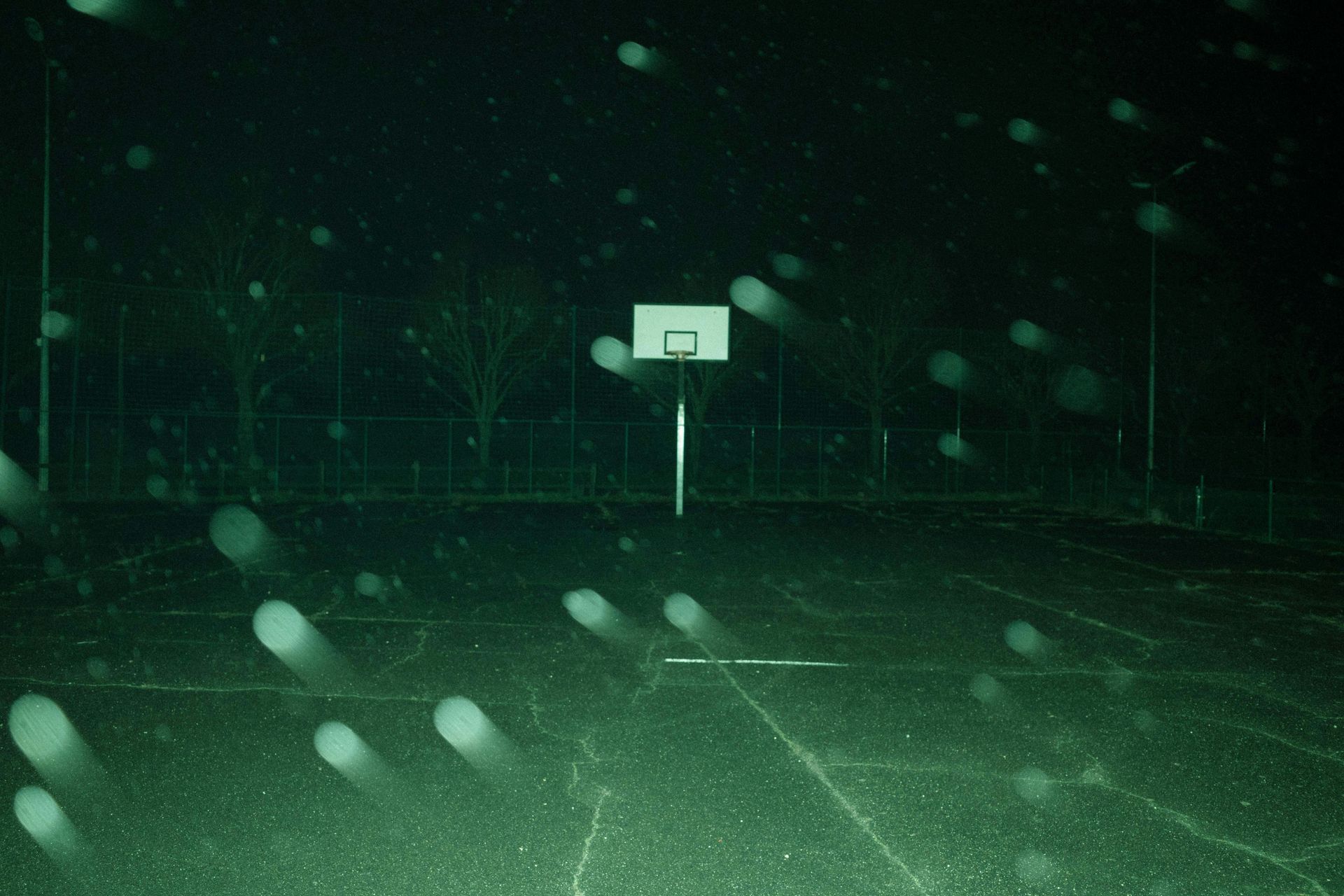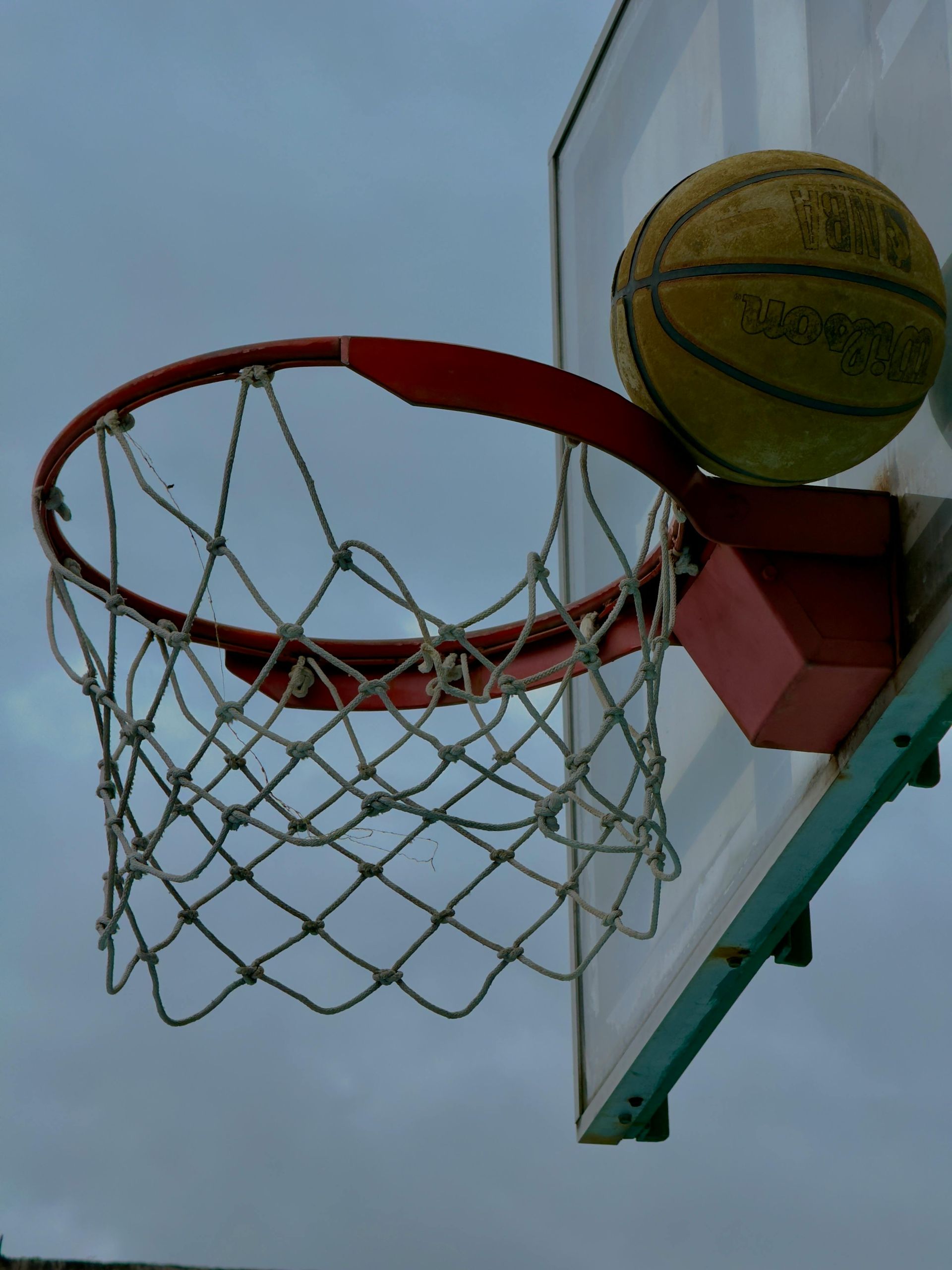Galen Harkness • July 17, 2023
Dribble with Confidence: Mastering Ball-Handling Skills for Basketball Success
Being a skilled ball-handler is essential for any basketball player looking to make an impact on the court.
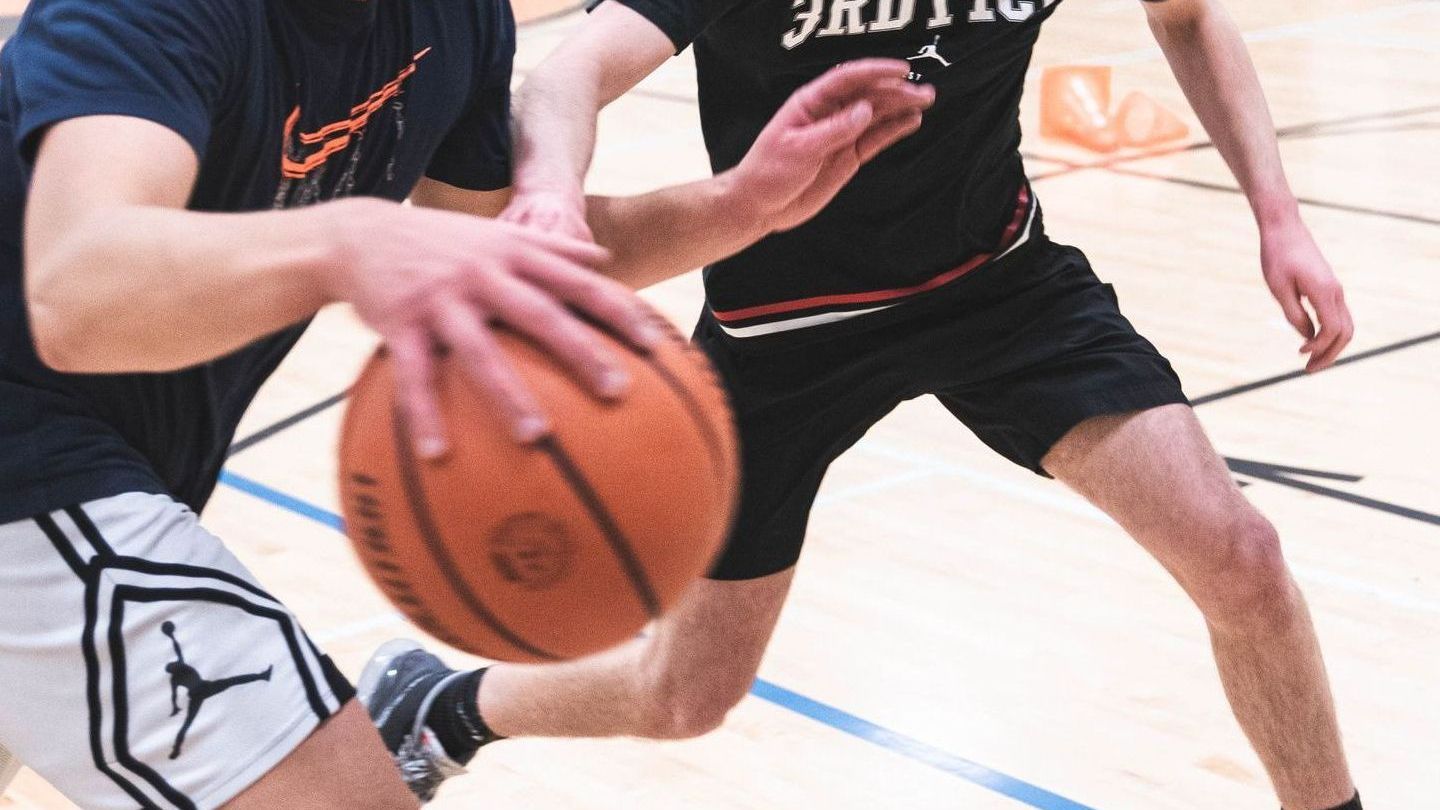
Being a skilled ball-handler is essential for any basketball player looking to make an impact on the court. Mastering ball-handling skills requires dedicated practice and targeted drills. In this article, we will explore key steps that hard-working basketball players can take to enhance their ball-handling abilities, gain confidence, and excel in the game.
Develop a Strong Foundation:
Building a solid foundation is crucial for ball-handling mastery. Start by focusing on dribbling fundamentals, such as hand placement, control, and coordination. Practice stationary dribbling drills to develop a strong foundation before progressing to more advanced moves.
Improve Hand Speed and Agility:
Enhancing hand speed and agility is key to becoming a skilled ball-handler. Engage in drills that challenge your hand quickness, such as dribbling through cones or around obstacles. Utilize agility ladder drills to improve hand-eye coordination and footwork, adding another layer to your ball-handling skills.
Master Dribbling Techniques:
Mastering various dribbling techniques will expand your repertoire on the court. Practice crossovers, between-the-legs, behind-the-back, and hesitation moves to keep defenders off balance. Develop confidence in executing these moves through repetition and game-like scenarios.
Incorporate Game Situations:
Simulating game situations in your practice routine is crucial for translating your ball-handling skills into real-game scenarios. Incorporate one-on-one or two-on-two drills that require quick decision-making, reading defenses, and executing effective dribble moves. The more you practice in game-like situations, the more comfortable and effective you'll become in handling the ball.
Strengthen Weak Hand:
Don't neglect your weak hand. A strong off-hand will make you a more versatile and unpredictable player. Incorporate drills that focus specifically on dribbling and controlling the ball with your weak hand. With consistent practice, your weak hand will become an asset rather than a liability.
Conclusion:
Mastering ball-handling skills is a continuous journey that requires dedication and hard work. By developing a strong foundation, improving hand speed and agility, mastering dribbling techniques, incorporating game situations, and strengthening your weak hand, you'll elevate your ball-handling abilities and gain confidence on the court. Remember, with relentless practice and a growth mindset, you can accomplish big things in basketball. Embrace the challenge, stay focused, and watch your ball-handling skills propel you to success on the basketball court.
